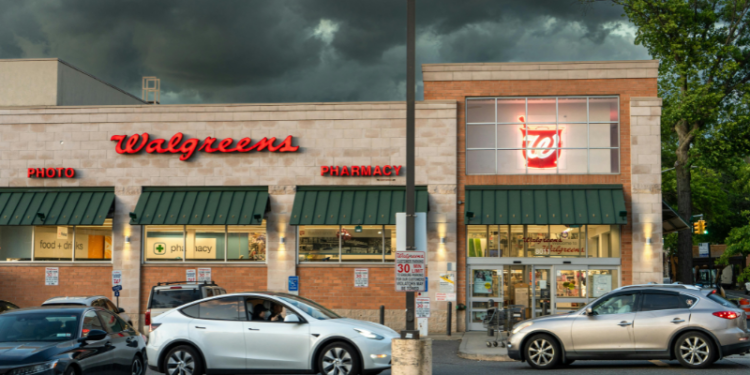Walgreens and CVS, two of the largest pharmacy chains in the United States, have announced plans to close hundreds of stores as part of a broader effort to cut costs and adapt to changing market conditions. Walgreens revealed that it will close 1,200 stores over the next three years, while CVS plans to shutter 900 locations and lay off 2,900 corporate staff as part of a multibillion-dollar cost-saving initiative.
The closures come as both companies struggle with declining profitability. A significant portion of their sales comes from prescription drugs, but rising fees and declining reimbursement rates have made it increasingly difficult to turn a profit. Pharmacy benefit managers (PBMs), which negotiate drug prices with manufacturers and insurers, have been accused by the industry of squeezing pharmacies by cutting reimbursement rates to increase their own profits.
Both Walgreens and CVS have also faced challenges beyond prescription drug sales. The front-end of their stores, which sells items like snacks, household products, and over-the-counter medications, has seen declining sales as consumers increasingly turn to e-commerce giants like Amazon and big-box stores such as Walmart and Costco. In addition, Walgreens and CVS have been hit by shoplifting in some areas, leading them to close high-theft stores or lock up merchandise.
Despite these challenges, Walgreens and CVS have both attempted to reinvent themselves by expanding into primary care. However, these efforts have been costly and have yet to yield significant returns. Walgreens invested billions in primary care provider VillageMD but has since divested from the venture as part of its restructuring efforts.
The closure of these stores is expected to impact lower-income communities the hardest, as they often rely on neighborhood pharmacies for easy access to medications. Researchers have found that pharmacy closures disproportionately affect areas with a high percentage of residents on public insurance programs, which typically provide lower reimbursement rates.
Walgreens CEO Tim Wentworth acknowledged that the company is at a critical juncture, stating, “We are at a point where the current pharmacy model is not sustainable.” Both companies are now focused on restructuring and finding new ways to remain competitive in the evolving retail and healthcare landscape.









